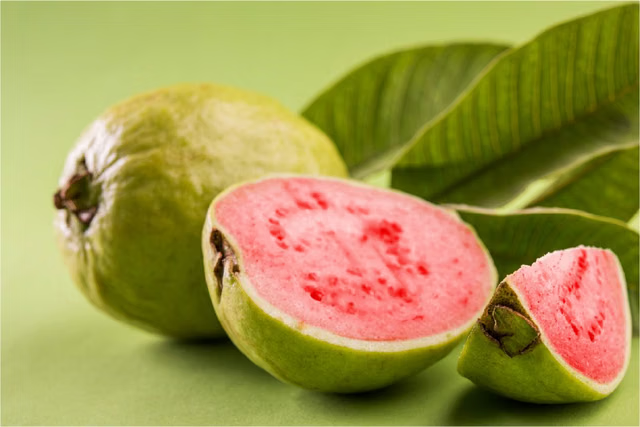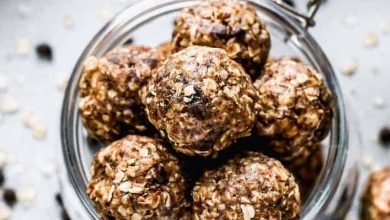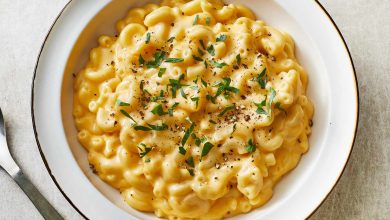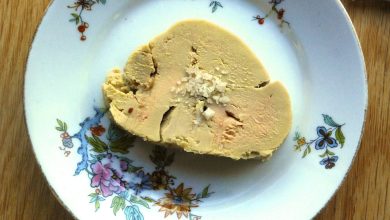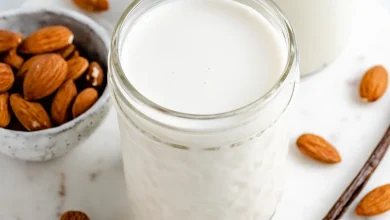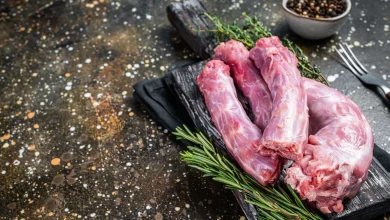Beef Rib Eye Steak (Boneless, Lip-On, with 18″ Fat Sel RW)
A succulent cut known for its marbled texture and rich flavor, the rib eye steak is a prime choice for meat lovers seeking a tender, juicy steak. This boneless rib eye, with its luscious layer of fat, is packed with both flavor and nutritional value, making it an ideal center piece for a satisfying meal. Whether grilled, seared, or roasted, this steak promises an unforgettable taste experience.
Nutritional Information (per 100g)
| Nutrient | Amount |
|---|---|
| Energy | 230 kcal |
| Protein | 19.55 g |
| Total Fat | 16.9 g |
| Saturated Fat | 7.515 g |
| Carbohydrates | 0.0 g |
| Dietary Fiber | 0.0 g |
| Sugars | 0.0 g |
| Calcium | 7 mg |
| Iron | 1.64 mg |
| Magnesium | 20 mg |
| Phosphorus | 137 mg |
| Potassium | 256 mg |
| Sodium | 50 mg |
| Zinc | 4.88 mg |
| Copper | 0.074 mcg |
| Manganese | 0.072 mg |
| Selenium | 23.2 mcg |
| Vitamin C | 0.0 mg |
| Thiamin (Vitamin B1) | 0.086 mg |
| Riboflavin (Vitamin B2) | 0.233 mg |
| Niacin (Vitamin B3) | 4.759 mg |
| Vitamin B6 | 0.388 mg |
| Folate | 3 mcg |
| Vitamin B12 | 1.61 mcg |
| Vitamin A | 5 mcg |
| Vitamin E | 0.1 mg |
| Vitamin D2 | 0.1 mcg |
Allergen Information
Beef rib eye steak is naturally free from common allergens such as dairy, gluten, and nuts. However, it is important to note that cross-contamination may occur depending on how the steak is prepared and handled, especially if it’s cooked alongside other allergens like dairy or soy.
Dietary Preferences
- High in Protein: With 19.55 grams of protein per 100g serving, beef rib eye is an excellent source of high-quality protein, essential for muscle repair and growth.
- Low in Carbs: This steak contains 0g of carbohydrates, making it an ideal choice for low-carb or ketogenic diets.
- Rich in Essential Nutrients: Packed with vital minerals such as iron, magnesium, zinc, and phosphorus, this steak supports overall health and wellness.
- Saturated Fat: The marbling of fat in the rib eye provides a delicious richness, but it is important to be mindful of saturated fat intake, particularly for those monitoring heart health.
Cooking Advice
To bring out the full flavor of your rib eye steak, consider dry-aging it for an enhanced taste and texture. Searing it at a high temperature before finishing it in the oven or on the grill will ensure a beautifully crispy crust while retaining a juicy, tender interior. For best results, allow the steak to come to room temperature before cooking to ensure even cooking throughout.
Recommended Cooking Methods:
- Grilled: A classic choice that brings out the steak’s natural flavors.
- Pan-Seared: Achieve a golden-brown crust with a quick pan-sear followed by oven roasting.
- Roasted: Perfect for larger cuts, giving a melt-in-your-mouth tenderness.
Conclusion
Beef rib eye steak, with its rich marbling and nutrient-packed profile, is more than just a delicious meal — it’s a source of essential vitamins and minerals. Whether you’re grilling it for a family gathering or preparing a steak dinner for yourself, this cut delivers on both flavor and nutrition. Perfect for those following high-protein, low-carb diets, it remains a favorite for meat enthusiasts around the world. With its hearty flavor and versatility, the rib eye steak is sure to elevate any meal.



